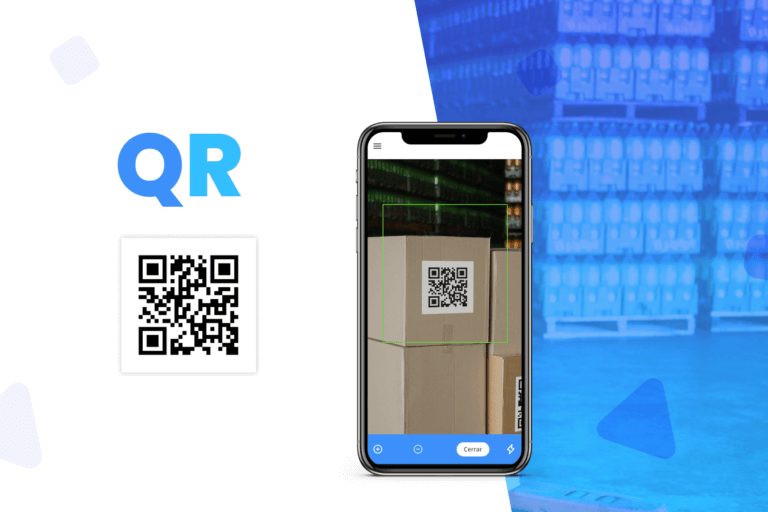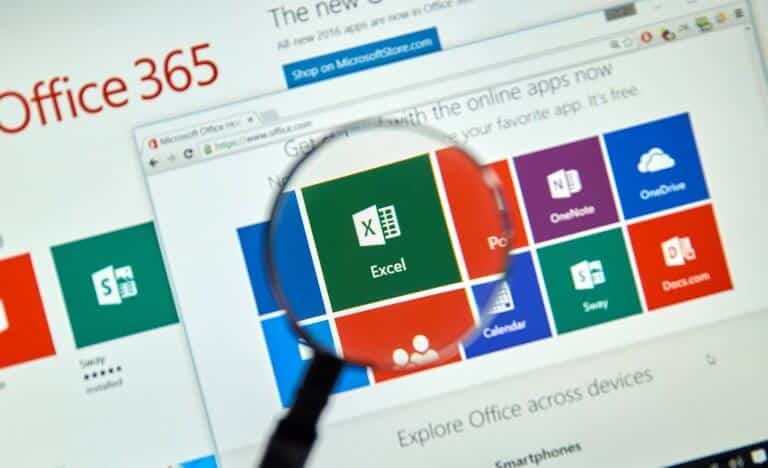A study carried out by BI Intelligence, the analysis section of the Business Insider website, estimates that by 2020 there will be 34.000 million connected devices worldwide. The dizzying figure equals more than 4 devices per inhabitant in the planet. In comparison, the figure calculated by 2015 was 10.000 million.
Meanwhile, a report by Gartner estimates that 2017 will end with over 8.400 million connected devices worldwide. But what does this figure stand for? Computers, smartphones and tablets will be a small part of all connected devices. The rest, 73% of the total number of connected units, will belong to the Internet of Things.
These figures show that we’re living in times when information of instant access and available 24 hours a day is crucial for companies which need to take decisive decisions for their future. The América Economía website states that any information that can be digitalized already becomes a key commodity for a technological evolution we’re going through today: the cognitive age, which is enhanced by the data feed. In that line, the methods by which the strategic information is collected can generate huge competitive differences against competitors within the same industry.
An example of this is data capture from mobile devices, in contrast with the traditional methods of data capture by using pen and paper. What chances does a company have to innovate and overcome its competitors if it uses such an inefficient and unreliable data capture method?
2.0 fleet management
As an example of the last issue, the newspaper Pulso states the fleet management and the freight transport industry are 100% dependable of mobile data capture tools: “Between 2015 and 2020, 40% of all companies dedicated to logistics would have shown a diminution of delivery schedules as a key measure of the sector’s technological investment, according to a study by Zebra Technologies. This study shows that 51% of professionals said that they had already planned on increasing the investment in localization systems in real time to carry out a proper monitoring of assets and inventory supervision, figure which would increase to 76% by 2020”.
“Today it’s posible to perform a better data capture in real time for fleet managers to know what is really happening and to make the best decisions to improve their operation. This is very much in line with global trends such as IoT, connected vehicles, autonomous vehicles, and big data management”, explains Raúl Aránguiz, general manager of TomTom Telematics Chile.
Besides, as the article states, “Thanks to the integration of the 4G network and the arrival of the 5G in 2020 will allow data analysis in real time thanks to cellphone networks, which would allow optimizing the processes. Among the possibilities is the route change derived by the data analysis”.
Smartphones, the key element
If we must point out the distinguishing feature in this transformation in data capture, along with the democratization of mobile Internet, is the smartphone, technological tool similar to a pocket computer with all the advantages this represents.
In this regard, we must understand that beyond the concrete example of fleet management, data capture from mobile smartphones for companies approaches much more areas of field services than that one. There are countless applications making use of smartphones to expedite inner processes of these companies.
Thus, cellphones turn into powerful management tools to speed up the data capture and to analyze the information from the field instantly, dismissing the paperwork and the bureaucracy as obstacles for a better performance.
DataScope is a platform which allows various industries to streamline, organize and evaluate the work of their field staffs thanks to online forms which provide real time indicators 100% adaptable to any field.








